4 Ways On How To Secure Your Smart Home and Protect It From Hackers
4 Ways On How To Secure Your Smart Home and Protect It From Hackers
If there's one thing we humans have come to learn after so many years living on planet Earth, it is the lesson that nothing in this world is 100% perfect.
Not the latest iPhone or Android device you just bought for yourself or your girlfriend. Not your most recent car. Not your relationship and certainly not your smart home devices.

While it's true that having a smart home can make life more convenient for you. It can help reduce your electricity bill, make your house a safer place, get things done faster and make life pretty much fun.
There's also a chance that it can make life a living hell for you. Since smart home devices communicate with each other via a network, they are vulnerable to hacking.
In this post, we would be discussing ways to ensure your smart home is safe and secured from the evil clutch of hackers and burglars. An outsider has no right or permission to your property unless you give them the right and we prefer it to be that way.
Here's a list of our recommended tips to help secure your home.
1. Use a Unique, Secure, and Hard to Guess Password
One of the easiest and most common ways for outsiders (or hackers) to gain access to your smart home is through your Wi-Fi. You want to make sure you're using a secure random password that's difficult to guess by a hacker or crack by a computer for your smart devices.

This means using addresses, birthdates, and familiar names such as your pet, crush, parent, friend, siblings, and company is a no-no. The password also needs to be unique to ensure that in the likelihood that your password got cracked, a hacker can't use that same password to access other devices. No point in making things simple for these people. Yes?
Now, if you find it hard to come up with a list of secured random passwords to use on your smart devices, we advise you to try using a password generator such as LastPass. It does all the heavy lifting for you plus help you manage them in a secure location.
2. Always Update Your Device Firmware
It's common knowledge that hackers love to scan for vulnerabilities in devices with outdated software, which they can exploit to achieve their mischievous goals. One way to thwart them is by updating your device software on a regular basis, which ensures you get the latest security fix or patch for your device as soon as it is rolled out.

3. Secure your Smartphone
One of the appeals of a smart home is the ability to monitor and control your smart home devices from anywhere. All you need is your smartphone and internet connectivity. Should a person with mischievous intent gain access to your phone, that person could control your home devices too. To avoid this from happening, you need to protect your smartphone, and here is some advice to do just that.
- Only install mobile apps from Google Play and other reputable third-party app vendors.
- Do not root your mobile phone and if you have, unroot it.
- Don't connect your phone to unknown public Wi-Fi networks.
- Install a mobile antivirus app from a reputable company such as Avira, Avast, and Kaspersky
- Use a strong password and set your phone to lock itself after staying idle for a few seconds automatically.
- Use an app lock for all your smart gadget mobile apps to further tighten security.
- Use an app vault that can help make the mobile apps you're using to control your home devices invisible.

4. Change Your Smart Device ID Settings
Here's the deal. The majority of us don't bother to check our devices and talk more of change the settings or credentials that come with the devices we use. It's either we are too busy and don't have the time to change the settings. Or we just don't see it as something important.

This seemingly harmless habit of ours is something a hacker can take advantage of to get into our smart devices. We recommend you always change your ID settings - both the username and password - whenever possible. As this will make things much harder for hackers and your device less vulnerable to attacks.




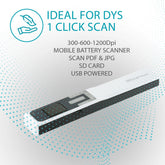
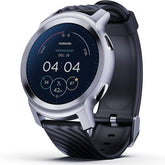
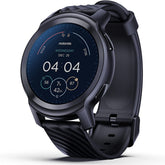


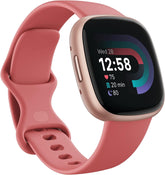
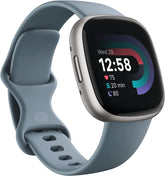


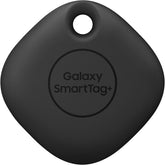
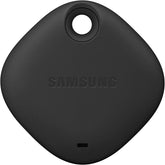




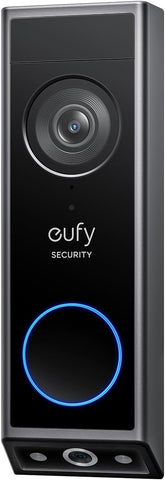
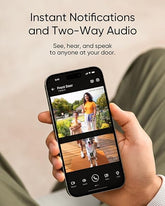
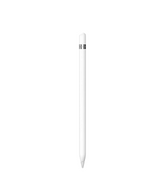

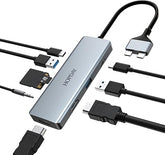
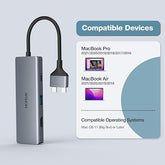

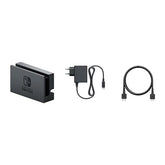
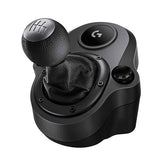
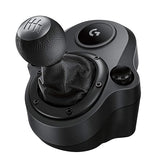




![["B0B1L87TMY"]](http://smarttechshopping.com/cdn/shop/products/7110BNil-dL._AC_SL1500_165x.jpg?v=1695449139)
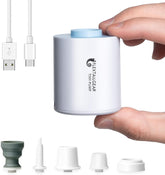
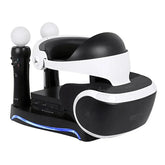





Leave a comment
Please note, comments need to be approved before they are published.